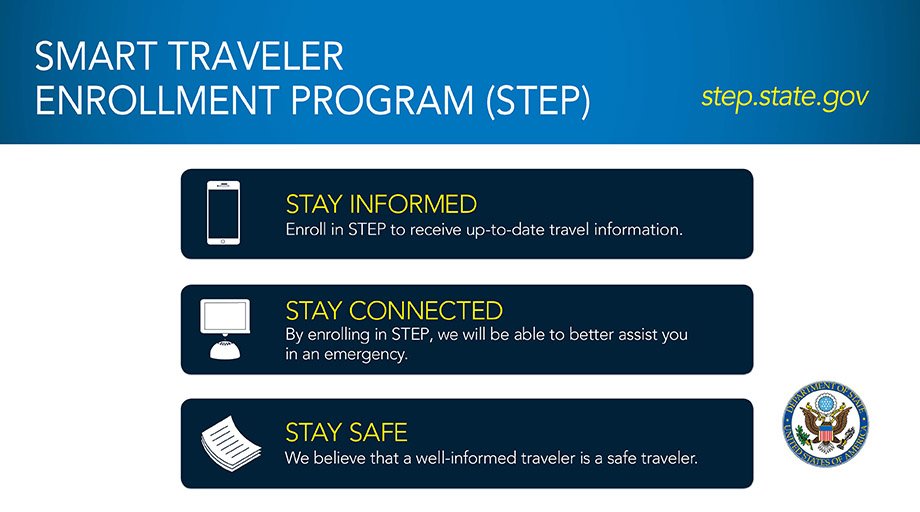
I already blogged about the rest of our safari trip to the Maasai Mara here, but I wanted to devote a separate post to our visit to a Maasai village. Most Maasai Mara safari camps will allow you to add on a visit to a nearby village for a small fee.
At first, we and our friends on the trip weren't sure if we should go. We didn't want the villagers to feel like they were being exploited or that we were treating our visit to their village like a trip to the zoo. In the end, we decided to take the plunge and see for ourselves how the visit worked. (We were also pushed over the edge by the knowledge that the fee we paid for the visit would go to support the artisans, entrepreneurs, and schoolchildren of that village.)
Once we visited the village of about 100 people, we asked many what they thought of the visits. They unanimously agreed the visits were good. They said it helped them keep their traditional practices alive and made them proud to share their culture with others. They also said the financial support from the visits and accompanying markets (more on that to come) were a major source of income for the villagers.

We were welcomed with traditional songs and dances. Then, the men showed off their jumping skills. Maasai men are legendary jumpers, which explains why you'll see t-shirts in Nairobi saying things such as, "JUMP HIGH LIKE A MAASAI."
We also learned that the traditional Maasai diet consists mainly of raw meat, milk, and blood. Yes, blood. I think our American digestive systems would just shut down and surrender if we tried Maasai food! They were also very traditional with gender roles. They laughed at the idea of a woman working outside of the home or a man cooking or cleaning. They thought that was ridiculous.

My favorite part of the visit was when the young men showed us the traditional method of starting a fire. They rubbed a piece of bamboo in a piece of wood really fast for a few minutes to generate a huge amount of heat. They stood in a circle so that when one guy's arms got tired, the guy next to him could take over. They used dried elephant dung, which is full of dry grass, almost like charcoal. It was amazing watching it start to smoke from the friction of the wood alone. When I think of starting fires, I usually think of tinder and kindling or at least some type of spark, so seeing it done this way was fascinating.
We were greeted by the children of the village, who were so happy to see us and touch our hands that it warmed our hearts. They kept asking us our names over and over again and telling us theirs. A note to the traveler (that several others have mentioned) is that it's totally normal for these children to have dirt, snot, and flies on their faces. The ones we saw didn't even blink with flies around their eyes. It was surprising to us, but ordinary for them.

We were also shown the inside of a village house, which used plastic on the roof to keep out the rain but was otherwise constructed with the traditional sticks and mud/dung. It was honestly a difficult part of the trip for us, because it had more cockroaches and ants than any of us had ever seen filling the small sleeping area. Considering this was our only visit, I'm not sure how representative that particular house was, but it certainly looked recently lived in and used.
Right after that, we were brought to a market area where the village artisans had spread out their wares on the ground. This is the part that many visitors complain about the most, because by Western standards the vendors are very pushy. It reminded me of being back at the Maasai Market in Nairobi. Even though all visitors pay an entrance fee, there's a lot of pressure to shell out more cash for jewelry, home goods, fabrics, and other products. They might even put necklaces or fabrics on you and then tell you to buy them (which happened to me with the necklace pictured below).

I felt okay about it because I went in with that expectation, brought extra cash, and wanted to support the community. At the same time, I had learned a few Kiswahili bargaining words (e.g., "ghali sana!" for "very expensive!" and "punguza" for "lower (the price)") and was determined to get a better deal this time. Although I paid more than I thought I should for the bowl and necklace I purchased (pictured below), the villagers insisted I shouldn't pay any lower because of "who I am." (I miss fixed prices, but when in Kenya...)

In the end, I was glad we did the Maasai village visit but probably would not do it a second time, personally. As far as supporting the community goes, there are thankfully countless opportunities across Kenya for us to do that.





















